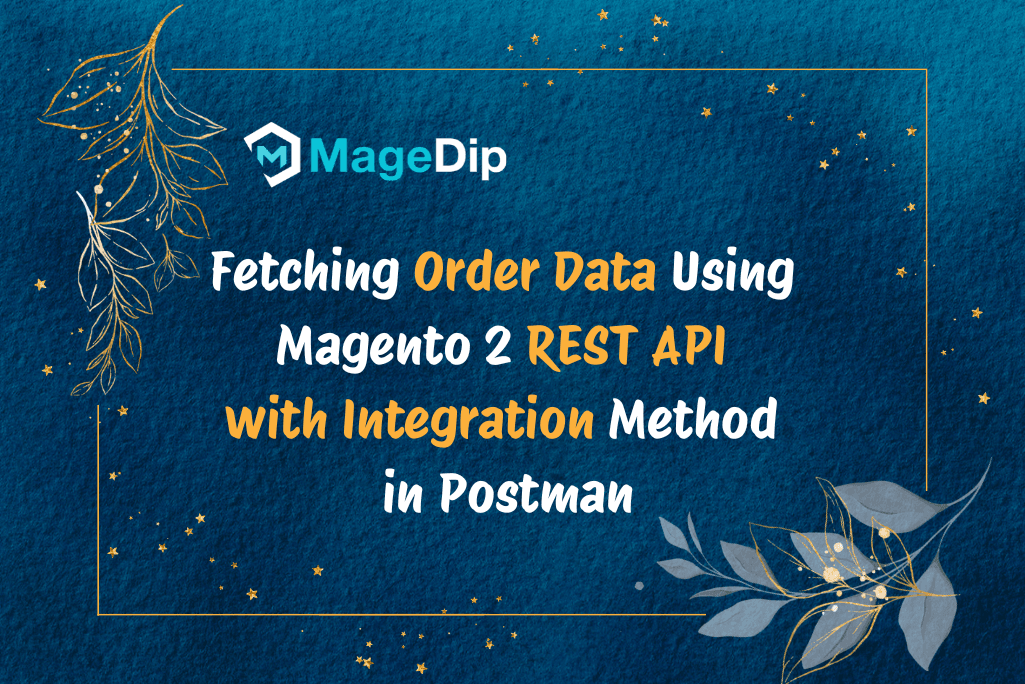✨ Introduction
Hi Folks!
As developers, testing emails in a safe, isolated environment is critical during development. Tools like Mailpit help us catch mistakes, debug HTML/CSS issues in email templates, and avoid accidentally sending emails to real users in staging or dev environments.
In this post, we’ll explore Mailpit—a modern alternative to MailHog—and understand its features, installation steps, usage, and how it compares to MailHog.
🛠️ Features of Mailpit
Mailpit comes with a rich feature set tailored for modern development needs:
✅ Modern UI: Sleek, responsive interface with search and filtering.
✅ SMTP Server: Capture and view all outgoing emails sent by your app.
✅ Web Interface: Web-based inbox to inspect emails.
✅ Search Support: Powerful full-text search on emails.
✅ Inbuilt API: RESTful endpoints to integrate or automate tasks.
✅ Docker Support: Lightweight and easily deployable via Docker.
✅ Authentication: UI/API login support to secure access.
✅ Lightweight: Single binary Go-based tool with minimal dependencies.
🐧 How to Install & Configure Mailpit on Linux
1. Download Mailpit binary
/usr/local/bin/mailpit with:sudo bash < <(curl -sL https://raw.githubusercontent.com/axllent/mailpit/develop/install.sh)
mailpit version2. PHP Configuration
php.ini files- CLI :
/etc/php/8.1/cli/php.ini - Apache config :
/etc/php/8.1/apache2/php.ini - Set value :
sendmail_path = /usr/local/bin/mailpit sendmail -t -i
Note: I am using php8.1, you can use it in php7.4 or other version.
3. Restart Apache2
sudo systemctl restart apache2Create Mailpit Service
1. Create a file mailpit.service file
sudo nano /etc/systemd/system/mailpit.service2. To check current user:
whoami3. To check current user's primary group
id -gn4. Create a directory to save emails
You can use your own path to save emails locally
mkdir -p /home/logicrays/mailpit_data5. Add the below content and Save it
Please Change your User and Group in to below conten.
Need to set your path in –db-file
[Unit]
Description=Mailpit email testing service
After=network.target
[Service]
#ExecStart=/usr/local/bin/mailpit
ExecStart=/usr/local/bin/mailpit --db-file=/home/logicrays/mailpit_data/mailpit.db
#Restart=on-failure
Restart=always
RestartSec=5
User=logicrays
Group=logicrays
[Install]
WantedBy=multi-user.targetMailpit commands
# Reload system
sudo systemctl daemon-reload
# Enable Mailpit
sudo systemctl enable mailpit
# Start Mailpit
sudo systemctl start mailpit
# Stop Mailpit
sudo systemctl stop mailpit
# Restart Mailpit
sudo systemctl restart mailpit
# Check status Mailpit
sudo systemctl status mailpit
# Verify Auto-Start Configuration
systemctl is-enabled mailpitHow to use
- Send test mail by PHP
- Open the URL below in a browser
- See Result:

✅ Conclusion
If you’re still using MailHog for email testing, it’s time to try Mailpit—a more modern, actively maintained, and feature-rich tool.
Whether you’re working locally or inside Docker, Mailpit fits right into your workflow and keeps your email testing secure, fast, and efficient.
📦 Give it a try and upgrade your dev environment today!
Thank you for reading this article.









